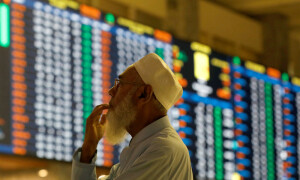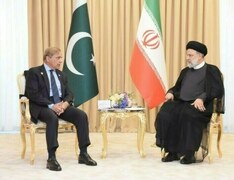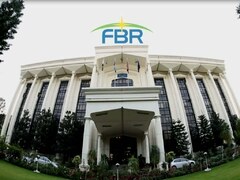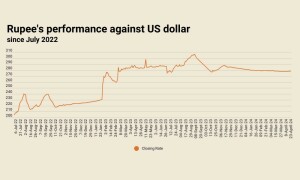Low taxes on tobacco industry: Pakistan may be facing Rs30bn annual revenue losses: ADB
ISLAMABAD: Pakistan may be facing annual revenue losses of Rs30 billion (approximately $193.37 million) due to low taxes on the tobacco industry, while the health of the nation’s youth is at stake, says the Asian Development Bank (ADB).
The bank in its report, “Enhancing Regional Health Cooperation under CAREC 2030, A scoping study”, stated that Pakistan has a complex three-tier tax system, which indirectly supports cigarette production and consumption, and the WHO has called upon the country to increase tobacco taxation (currently at 60.3 percent) to 70 percent.
The report further stated that access to available, affordable, and quality medicines in the CAREC region remains challenging.
In some countries, such as Pakistan, where public procurement of medicines has been efficient in achieving low prices, supply is inadequate to cover the needs of patients from government health facilities; and medicines, such as in Mongolia and Pakistan, are much less affordable when purchased in the private sector.
HIV/AIDS is a major public health concern in the CAREC region, especially in Afghanistan, Pakistan, and the PRC.
A broad range of risk factors and health determinants may have to be considered, including changing social norms, public education, migration, and unemployment.
The report noted that the 2018 United Nations Human Development Index of these countries ranged from 0.496 for Afghanistan to 0.817 for Kazakhstan, while the inequality adjusted human development index ranged from 0.386 for Pakistan to 0.759 for Kazakhstan.
Gender equity continues to be a major challenge in the region.
The gender development index is low at 0.663 for Afghanistan and 0.747 for Pakistan.
Afghanistan and Pakistan are in the early stage of transition, with declining but high burden from infectious diseases and increasing burden from NCDs and accidents and injuries, resulting in a triple burden of disease faced by all CAREC countries.
It should be noted that, while in most CAREC countries, the burden of infectious diseases has declined substantially, all countries need to continue investing in prevention, control, and treatment efforts to sustain infectious diseases control.
Pakistan and the PRC also face significant mortality attributed to indoor and ambient air pollution
The report further noted that rabies, anthrax, brucellosis, leishmaniasis, and the Crimean-Congo hemorrhagic fever are long established zoonotic diseases of public health concern in Pakistan.
CAREC countries are also exposed to outbreaks of other communicable diseases that may spread regionally.
Among the more acute infections, malaria, dengue, and Japanese encephalitis persist in Pakistan and the PRC.
Hepatitis, in particular, viral hepatitis B and C, is highly prevalent in all CAREC countries.
The PRC (14 percent) and Pakistan (10 percent) account for almost a quarter of the hepatitis C (HCV) burden among the 28 countries accounting for 80 percent of the HCV burden globally
Pakistan and the PRC are on WHO’s list of top 30 countries with the highest estimated numbers of TB cases (PRC) and MDR-TB cases (Pakistan); while Azerbaijan, Kazakhstan, the Kyrgyz Republic, Tajikistan, and Uzbekistan have the highest MDR-TB burden in the WHO European Region.
A prominent example in the CAREC region is the facility building and service improvement project along the China–Pakistan Economic Corridor (CPEC)—the China Pakistan Fraternity Emergency Care Centre, which was inaugurated in the port city of Gwadar, Pakistan in July 2017.
It is the first facility (out of seven planned ones) under the China–Pakistan Life Rescue Corridor running along the CPEC from Gwadar to Kashgar, a PRC border city in Xinjiang Uygur Autonomous Region more than 2,000 kilometers away.
Each center is planned to be established according to the model of a community hospital in the PRC, with medical personnel, medical and communication equipment, and an ambulance.
It was built to provide medical services to the PRC workers along the CPEC.
Prior to 2018, the ratio of patients from the PRC to patients from Pakistan was 8:2, it has since reversed to 2:8.
As of 2020 the center was serving a population of 70,000 to 80,000, with the number of patients varying depending on the security situation.
In the first two weeks of March 2019, it has treated about 290 cases.
Trends in total health expenditure as a percentage of GDP show that most countries have increased or maintained similar levels, over the last decade.
Pakistan has maintained a similar level at almost three percent, while Afghanistan has seen small increases since 2009. Azerbaijan, the Kyrgyz Republic, and Tajikistan have shown the strongest growth.
Copyright Business Recorder, 2021























Comments
Comments are closed.